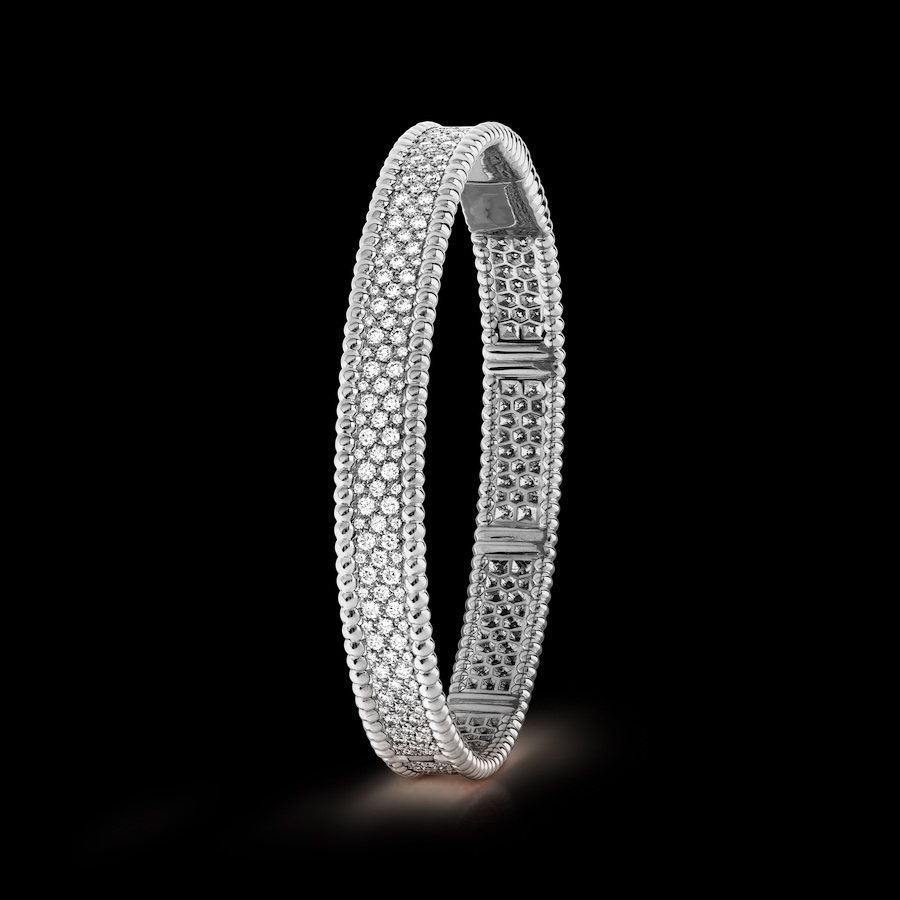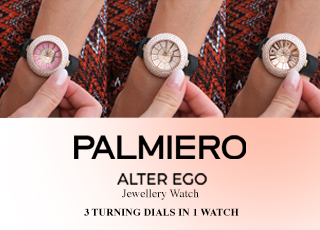After surviving two world wars, the 1930s stock market crash, and the 1970s ‘quartz crisis’, Audemars Piguet has retained its status as one of the world’s most iconic horological brands. By continuously innovating, honouring tradition, and dedicating itself to quality craftsmanship, its timepieces have become symbols of the finest level of watchmaking, with complicated movements, artisanal designs, and technical feats.
A factor to the brand’s long-term survival is its ability to cater to the demand of the discerning public — ladies included. Women’s watches were often made by men for men. Companies usually turned larger men’s watches into daintier, “prettier” models decorated with gemstones, enamel or other decorative forms to fit on smaller wrist, even if they had complications.
While this suited women of older generations, modern women demanded more as they grew in prominence in the workplace and society — bigger, bolder styles, along with a greater appreciation for the mechanical movements driving the watches.
Formed in 1875 by two friends Jules-Louis Audemars and Edward-Auguste Piguet, their forte was making accurate watch movements and hand-made masterpieces, which were also channelled into their ladies’ timepieces. Some were elaborate expressions of art and jewellery, while others were complicated mechanical marvels in their own right, with specially developed, hand-finished movements.



Fast forward to 1960s and 1970s, Audemars Piguet began creating oval-shaped watches for women — a precursor to today’s iconic Millenary collection. These early models also incorporated gemstones, but were bolder and larger than typical women’s watches.






The 2015 Millenary collection is not only an homage to women, but a celebration of 20 years of this unique design. Comprising its signature off-centred dial and elliptical case, each timepiece has open-worked dial that allows for viewing of the mainplate and certain meticulously finished movement parts.













